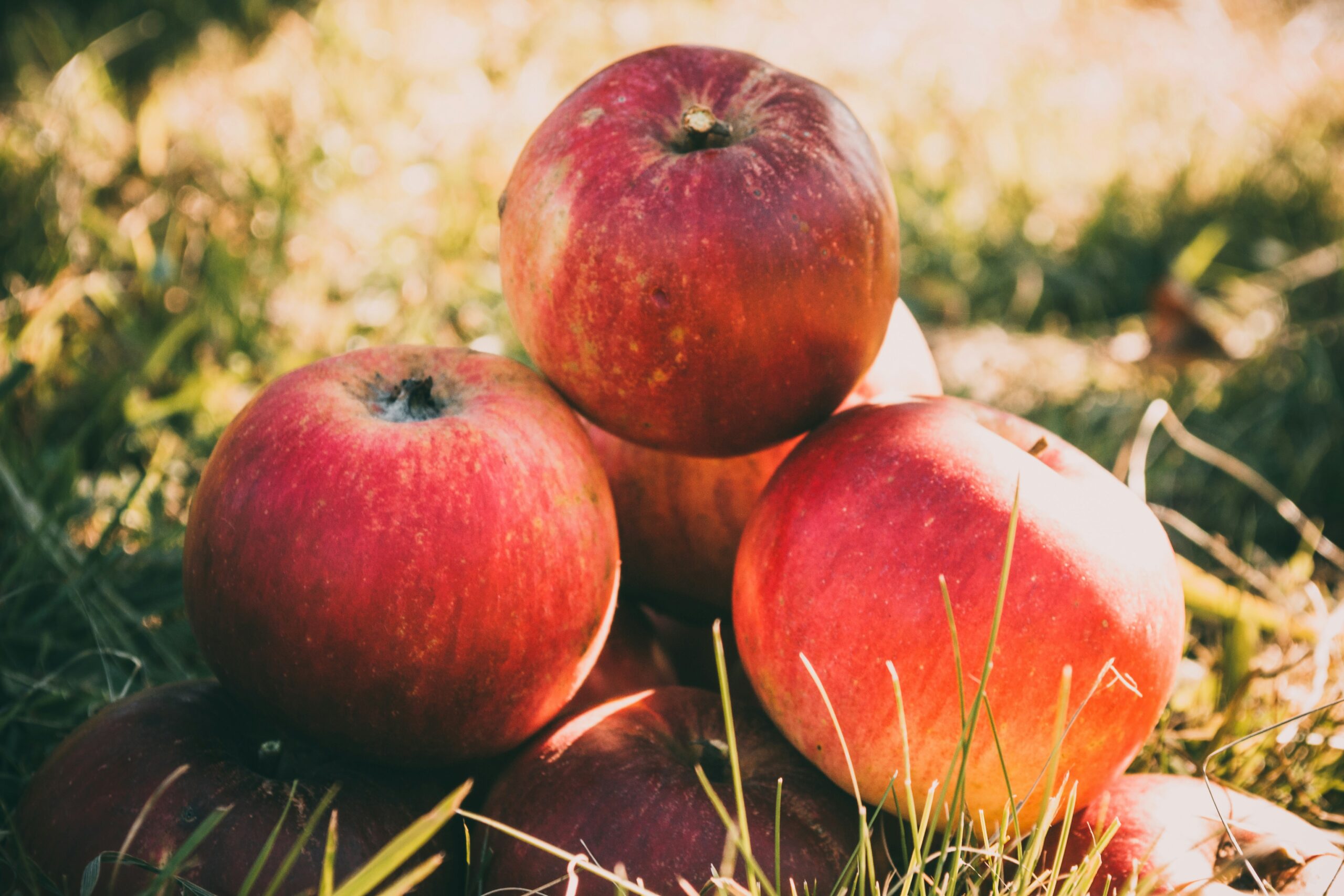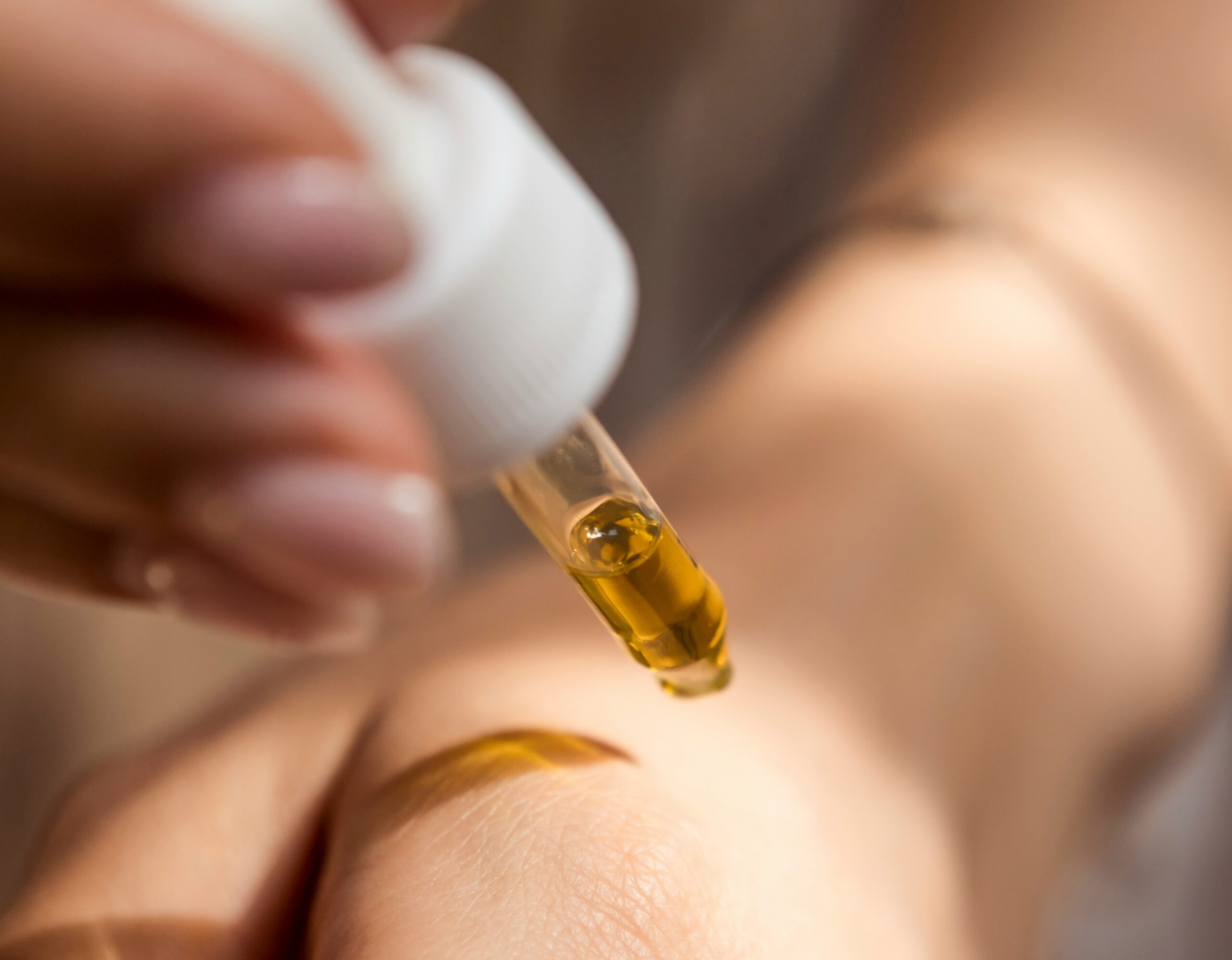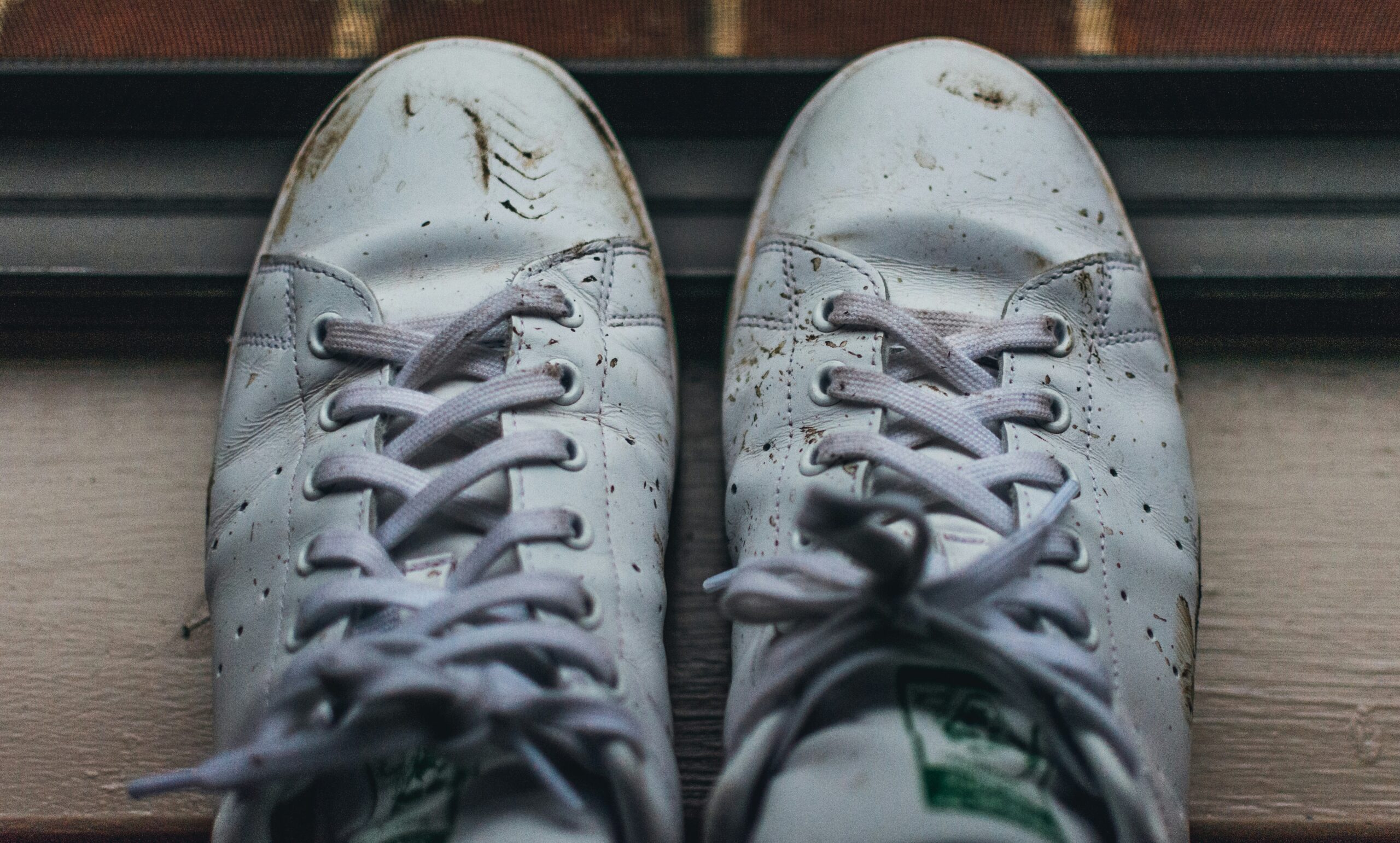Cleaning produce is a critical step in ensuring that the fruits and vegetables you consume are safe and healthy. With increasing concerns over pesticide residues, bacteria, and other contaminants, proper cleaning methods have become more important than ever. This comprehensive guide will take you through the best practices for cleaning different types of produce, the science behind these methods, and tips for maintaining food safety from farm to table.
Why Cleaning Produce is Essential
Produce can harbor a variety of contaminants, including dirt, bacteria, pesticides, and even insects. These contaminants can come from several sources:
- Farm Practices: Pesticides and fertilizers used in agriculture can leave residues on produce.
- Handling and Transportation: Produce is often handled by multiple people and transported over long distances, increasing the risk of contamination.
- Environmental Factors: Dust, rain, and polluted water can also introduce contaminants to produce.
Proper cleaning can reduce the risk of foodborne illnesses and remove harmful chemicals, making your fruits and vegetables safe to eat.
Understanding Contaminants
Contaminants found on produce can be broadly categorized into three types: physical, chemical, and biological.
Physical Contaminants include dirt, dust, and debris. These are usually visible to the naked eye and can be removed through thorough washing.
Chemical Contaminants include pesticides, herbicides, and other agricultural chemicals. These are often invisible but can be harmful if ingested over time.
Biological Contaminants include bacteria, viruses, fungi, and parasites. These microorganisms can cause foodborne illnesses and are often invisible to the naked eye.
Basic Principles of Cleaning Produce
Before diving into specific methods for different types of produce, it’s important to understand the basic principles of cleaning:
- Use Cold Water: Cold water is effective in removing most contaminants without causing the produce to deteriorate.
- Avoid Soaps and Detergents: These can leave residues that are not safe to consume. Stick to clean, cold water and other natural cleaning methods.
- Scrub When Necessary: For produce with thick skins or hard surfaces, use a brush to scrub away dirt and pesticides.
- Rinse Thoroughly: Ensure all produce is rinsed thoroughly to remove any loosened dirt and contaminants.
- Dry Completely: Use a clean towel or paper towel to dry produce after washing to prevent bacterial growth.
Cleaning Methods for Different Types of Produce
Leafy Greens
Leafy greens, such as lettuce, spinach, and kale, are particularly susceptible to contamination due to their large surface area and crevices where dirt and bacteria can hide.
- Remove Outer Leaves: Discard the outer leaves of lettuce or cabbage, as these are most likely to be contaminated.
- Soak in Cold Water: Fill a large bowl or sink with cold water and immerse the greens. Swish them around to loosen dirt and debris.
- Use Vinegar Solution: For extra cleaning power, add a tablespoon of white vinegar to the water. Vinegar can help reduce bacteria and pesticide residues.
- Rinse Thoroughly: After soaking, rinse each leaf under running cold water.
- Dry Completely: Use a salad spinner or pat dry with a clean towel.
Root Vegetables
Root vegetables, such as carrots, potatoes, and beets, grow underground and can carry a lot of dirt.
- Scrub Thoroughly: Use a brush to scrub the surfaces of root vegetables under running cold water to remove dirt and pesticides.
- Peel When Necessary: For vegetables like potatoes and carrots, peeling can help remove residues and contaminants that scrubbing might miss.
- Rinse Again: After peeling, give the vegetables another rinse to remove any remaining dirt.
Berries and Grapes
Berries and grapes are delicate and can be easily damaged, but they still need thorough cleaning to remove pesticides and bacteria.
- Rinse Gently: Place berries or grapes in a colander and rinse under cold running water. Avoid soaking as berries can absorb water and become mushy.
- Use Vinegar Solution: Mix three parts water with one part white vinegar and briefly rinse the berries in this solution. This can help reduce bacteria and pesticide residues.
- Dry with Care: Spread the berries on a clean towel and pat dry gently.
Apples and Pears
These fruits have smooth skins that can easily be contaminated by pesticides and handling.
- Rinse Under Cold Water: Hold the fruit under cold running water and use your hands to rub the surface.
- Use a Brush: For extra cleaning, use a brush to scrub the surface, especially around the stem area.
- Dry Thoroughly: Wipe the fruits dry with a clean towel.
Citrus Fruits
Citrus fruits, such as oranges, lemons, and limes, have thick skins that can harbor pesticides and bacteria.
- Rinse Under Cold Water: Rinse the fruit under cold running water.
- Scrub with a Brush: Use a brush to scrub the surface, especially around the stem and blossom ends.
- Dry Completely: Wipe the fruits dry with a clean towel.
Melons
Melons have rough, textured skins that can trap dirt and bacteria.
- Rinse Under Cold Water: Rinse the entire melon under cold running water.
- Scrub with a Brush: Use a brush to scrub the skin thoroughly.
- Dry Before Cutting: Dry the melon with a clean towel before cutting to prevent transferring contaminants from the skin to the flesh.
Advanced Cleaning Techniques
For those looking to go beyond basic water rinsing, here are some advanced cleaning techniques that can help ensure your produce is as clean as possible.
Baking Soda Solution
Baking soda is effective in removing pesticides from produce.
- Prepare Solution: Mix one teaspoon of baking soda with two cups of water.
- Soak Produce: Soak the produce in this solution for 15 minutes.
- Rinse Thoroughly: Rinse the produce under cold running water and dry.
Salt Water Solution
Salt water can help remove dirt and pesticides from produce.
- Prepare Solution: Dissolve one tablespoon of salt in a bowl of water.
- Soak Produce: Soak the produce in the solution for 10 minutes.
- Rinse Thoroughly: Rinse the produce under cold running water and dry.
Hydrogen Peroxide Solution
Hydrogen peroxide is a natural disinfectant that can help remove bacteria and pesticides.
- Prepare Solution: Mix equal parts of hydrogen peroxide (3%) and water.
- Spray or Soak: Spray the solution on the produce or soak the produce for 5 minutes.
- Rinse Thoroughly: Rinse under cold running water and dry.
Special Considerations for Organic Produce
Organic produce is grown without synthetic pesticides and fertilizers, but it still requires thorough cleaning to remove dirt, bacteria, and natural pesticides.
- Rinse Well: Even though organic produce is less likely to have synthetic pesticide residues, it should still be rinsed thoroughly under cold running water.
- Use a Brush: For produce with thick or textured skins, use a brush to scrub away dirt.
- Vinegar Solution: For an extra layer of cleaning, use a vinegar solution to rinse organic produce.
Cleaning Pre-Packaged Produce
Pre-packaged produce, such as bagged salads, often comes labeled as “pre-washed” or “ready to eat.” However, it’s still a good practice to rinse these items to ensure safety.
- Check the Label: If the package states that the produce is pre-washed, a quick rinse under cold water is usually sufficient.
- Rinse Thoroughly: If not labeled as pre-washed, rinse the produce thoroughly under cold running water.
- Dry Completely: Use a salad spinner or pat dry with a clean towel before consuming.
Storing Cleaned Produce
Proper storage is essential to maintain the cleanliness and freshness of your produce.
- Refrigeration: Most cleaned produce should be stored in the refrigerator to maintain freshness and prevent bacterial growth.
- Use Paper Towels: Place a paper towel in the storage container to absorb excess moisture and keep produce dry.
- Separate Storage: Store fruits and vegetables separately to prevent ethylene gas from fruits from spoiling the vegetables.
Preventing Cross-Contamination
Cross-contamination can occur if clean produce comes into contact with dirty surfaces or other contaminated food items.
- Clean Surfaces and Utensils: Always clean countertops, cutting boards, and utensils before and after preparing produce.
- Use Separate Cutting Boards: Designate separate cutting boards for produce and meat to prevent cross-contamination.
- Wash Hands: Always wash your hands thoroughly before handling produce.
Food Safety from Farm to Table
Understanding the journey of produce from farm to table can help you appreciate the importance of cleaning and food safety.
On the Farm: Farmers use various methods to grow produce, including the use of pesticides and fertilizers. Organic farming practices reduce the use of synthetic chemicals, but natural pesticides and fertilizers are still used.
During Transportation: Produce is often handled by multiple people and transported over long distances, increasing the risk of contamination. Proper packaging and refrigeration help reduce these risks.
At the Market: Once produce reaches the market, it is handled by staff and customers. Regular cleaning and proper handling at the market help maintain food safety.
In the Kitchen: The final step is in your kitchen, where proper cleaning and handling ensure that the produce is safe to eat.
Common Myths About Cleaning Produce
There are many myths about cleaning produce that can lead to confusion. Here are some common myths debunked.
Myth: Soap and Detergent are Necessary
Fact: Soap and detergent can leave harmful residues on produce. Clean water and natural cleaning methods are sufficient.
Myth: Organic Produce Doesn’t Need Cleaning
Fact: Organic produce can still harbor dirt, bacteria, and natural pesticides, so it should be cleaned just like conventional produce.
Myth: A Quick Rinse is Enough
Fact: A thorough rinse and proper cleaning techniques are necessary to remove contaminants effectively.
Frequently Asked Questions
Is it safe to use vinegar to clean produce?
Yes, vinegar is safe and effective in reducing bacteria and pesticide residues on produce.
Can I use a produce wash?
Commercial produce washes are available, but they are not necessarily more effective than water and natural cleaning solutions like vinegar.
Should I wash produce before storing it?
It’s best to wash produce just before consuming it. Washing before storage can lead to mold growth and spoilage.
How long should I soak produce?
Soaking produce for about 15 minutes is generally sufficient to remove most contaminants.
Is it necessary to dry produce after washing?
Yes, drying produce helps prevent bacterial growth and maintains freshness.
Why is it important to clean produce even if it looks clean?
Produce can harbor invisible contaminants like bacteria, pesticides, and dirt. Cleaning ensures these are removed, making the produce safe to consume.
Can I use hot water to clean produce?
It’s best to use cold water. Hot water can cause some fruits and vegetables to wilt or degrade in quality.
Is it necessary to clean produce labeled as “organic”?
Yes, organic produce can still have dirt, bacteria, and natural pesticide residues that need to be removed through cleaning.
How does soaking produce in salt water help?
Soaking in salt water helps dislodge dirt and reduce bacterial contamination, making the produce safer to eat.
What is the best way to clean leafy greens?
Soak them in cold water, swish them around, and rinse thoroughly. For extra cleaning, use a vinegar solution and dry with a salad spinner or towel.
Do I need to clean produce that I will peel, like bananas or oranges?
Yes, cleaning the outer skin prevents transferring contaminants from the skin to the edible parts during peeling.
Is it safe to use hydrogen peroxide to clean produce?
Yes, hydrogen peroxide (3%) mixed with water can effectively reduce bacteria and pesticide residues. Rinse thoroughly afterward.
Can I clean all types of produce the same way?
Different types of produce require different cleaning methods. For example, berries are delicate and should not be scrubbed, while root vegetables benefit from a thorough scrub.
Does washing produce remove all pesticides?
Washing can remove many pesticides but not all. Using solutions like vinegar or baking soda can help reduce pesticide residues further.
Is it necessary to dry produce after washing it?
Yes, drying produce helps prevent bacterial growth and maintains freshness, especially before storing.
How should I clean mushrooms?
Wipe mushrooms with a damp cloth or rinse them briefly under cold water. Avoid soaking as mushrooms absorb water quickly.
Should I clean herbs the same way as leafy greens?
Yes, but handle them more gently. Rinse under cold water, and dry using a salad spinner or pat gently with a towel.
Can I use a dishwasher to clean produce?
No, dishwashers are too harsh and can damage produce. Stick to hand washing with cold water and appropriate cleaning methods.
What is the role of a produce brush?
A produce brush helps scrub away dirt and pesticides from firm-skinned fruits and vegetables like potatoes, carrots, and apples.
How can I ensure berries are thoroughly cleaned without damaging them?
Rinse berries gently in a colander under cold water, use a vinegar solution if desired, and dry carefully with a clean towel.
Is it safe to eat unwashed produce if it’s grown in my garden?
Even home-grown produce can be contaminated with dirt, bacteria, and insects. Always wash thoroughly before consumption.
How does baking soda help in cleaning produce?
Baking soda helps neutralize pesticides and break down waxy coatings, making it easier to rinse off contaminants.
Can I use lemon juice to clean produce?
Yes, lemon juice has antibacterial properties and can help in cleaning. Mix with water and rinse produce thoroughly afterward.
Why should I avoid using soap or detergent on produce?
Soaps and detergents can leave harmful residues that are not safe to ingest. Stick to water and natural cleaning solutions.
Can a vinegar solution damage produce?
No, a diluted vinegar solution is safe and effective for cleaning produce. It helps reduce bacteria and pesticide residues without damaging the produce.
How often should I clean reusable produce bags?
Clean reusable produce bags after every use to prevent bacterial growth and contamination.
Is it necessary to wash produce before juicing?
Yes, always wash produce thoroughly before juicing to remove any contaminants that could end up in your juice.
Can I use essential oils to clean produce?
Certain essential oils like lemon or tea tree oil have antibacterial properties, but they should be used with caution and in proper dilution. Rinse thoroughly afterward.
How can I clean produce while camping or hiking?
Use bottled or clean water to rinse produce. For sturdier vegetables, a small brush can help remove dirt. Avoid using untreated natural water sources.
What are the signs that produce is not safe to eat, even after cleaning?
Signs include visible mold, off smells, slimy texture, and significant discoloration. If in doubt, it’s best to discard the produce.
Should I clean produce immediately after buying it?
It’s best to wash produce just before use. Washing immediately and then storing can lead to faster spoilage.
Can I use alcohol-based cleaners on produce?
No, alcohol-based cleaners are not safe for cleaning produce. Stick to water, vinegar, or baking soda solutions.
How can I clean produce if I’m in a hurry?
Rinse produce under cold running water and use a brush for firm produce. For softer items, a quick soak in a vinegar solution followed by a rinse can be effective.
Is it necessary to clean frozen fruits and vegetables?
No, frozen fruits and vegetables are typically cleaned before freezing. However, if you thaw them and they come into contact with contaminants, rinse before use.
How should I clean produce that will be cooked?
Even if produce will be cooked, it’s important to wash it to remove dirt and contaminants that could affect the quality and safety of your food.
Conclusion
Cleaning produce is an essential step in ensuring food safety and maintaining health. By understanding the different types of contaminants and employing the best cleaning methods for various types of produce, you can significantly reduce the risk of foodborne illnesses and enjoy fresher, safer fruits and vegetables. Remember to follow the basic principles of cleaning, use advanced techniques when necessary, and maintain proper storage and handling practices. With these guidelines, you can confidently prepare and enjoy your produce.


